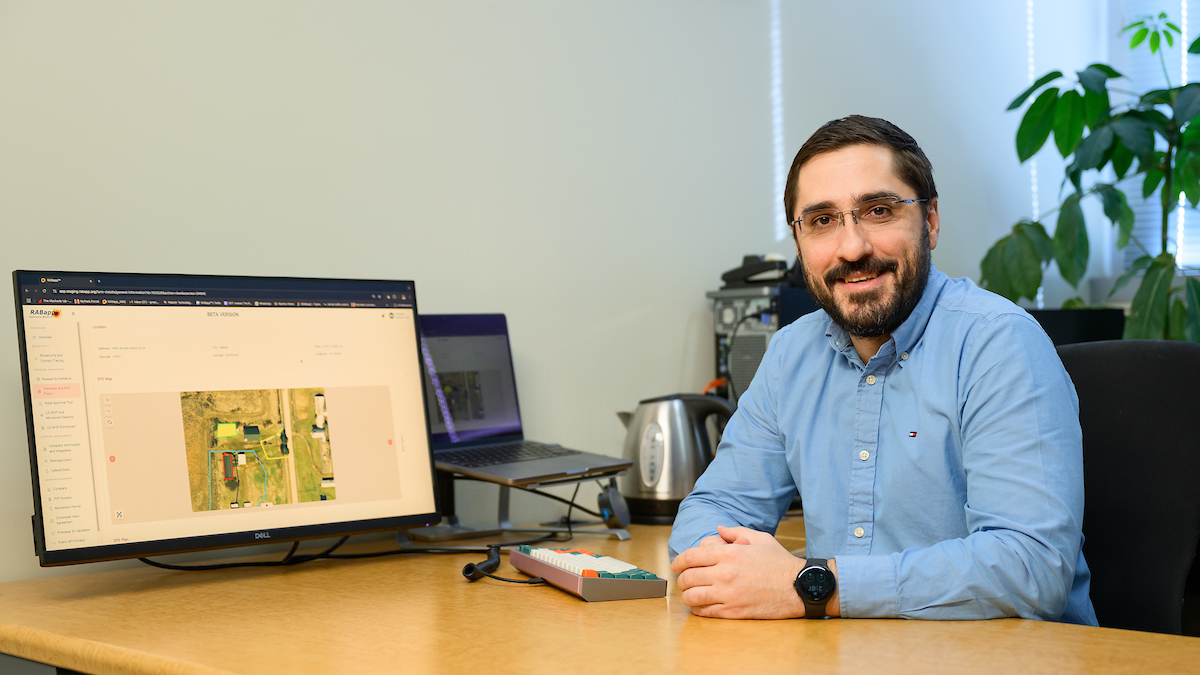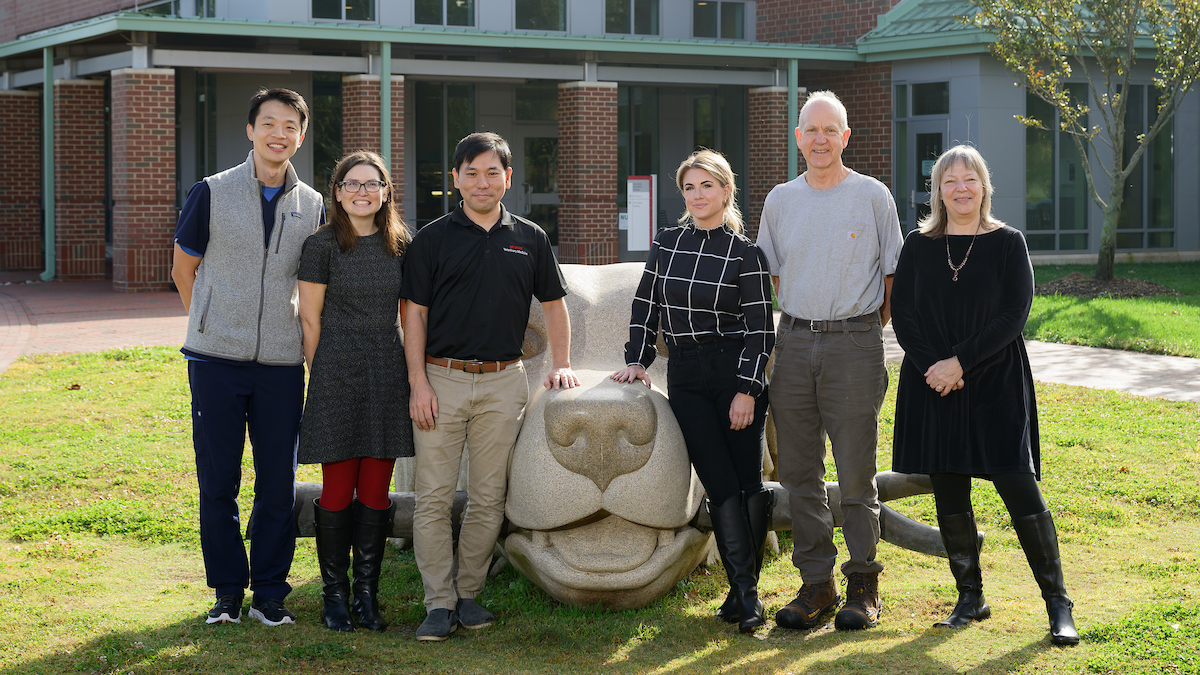Call in the Reserves: Two Types of Stem Cells Repair Intestinal Injury
New research from NC State reveals your body’s “backup plan” – in the form of reserve stem cells – for recovering from severe intestinal injury due to lack of blood supply.
The intestinal tract is one of the busiest organs in the human body. It’s also one of the most regenerative – the cells that line its surface are constantly being replaced by an army of active stem cells that differentiate, or become, the types of cells necessary to keep things running smoothly. Which makes sense if you think about it. The intestine sees a LOT of traffic.
But what happens if the intestine suffers a more severe injury? Intestinal ischemia – blockage of the blood supply to the intestine – is a common but life-threatening injury in humans and animals. The most well-known type of ischemic injury is volvulus, seen most often in horses and dogs, where the intestine gets twisted and the blood supply is cut off.
Liara Gonzalez is an assistant professor of gastroenterology and equine surgery at NC State. She, along with colleagues from NC State and UNC-Chapel Hill, wanted to find out how the intestine might recover from this type of catastrophic injury.
“The lining of the intestine is made up of epithelial cells arranged into crypts, which are small pockets in the intestinal lining, and villi, fingerlike extensions that aid in nutrient absorption,” Gonzalez says. “In ischemic injury, cell death starts at the villi tip and then goes down into the crypt – where intestinal stem cells reside. There are two types of stem cells located there – active stem cells, which are responsible for repairing day to day wear and tear, and ‘reserve’ stem cells. We wanted to see what these different stem cells did in the face of severe injury.”
Gonzalez and the team simulated severe ischemic injury lasting three to four hours, then re-established blood supply to the intestinal tissue and followed the repair process.
They found most of the active stem cells died when deprived of blood and therefore oxygen, but that the tissue could still repair itself, likely from the reserve stem cells which are normally dormant. It appears that the reserve stem cells can take on the role of the active stem cells and differentiate into specific epithelial cell types to repair the tissue.
“After four hours without a blood supply this tissue was extremely damaged, but 72 hours later it was showing the capacity to repair itself,” Gonzalez says. “Obviously this is very early in the process, but we want to look more closely at the role reserve stem cells play in repair – do they remain in a quiescent state which protects them from damage, then activate in the event of devastating injury?”
The answer to that question could have some important implications for human and animal health as well. “If we understand the mechanisms of these cells, could we perhaps make the intestine more injury resistant?” Gonzalez asks. “It’s a fascinating question.”
The research appears in the American Journal of Physiology – Gastrointestinal and Liver Physiology.
~Tracey Peake/ NC State News Services


